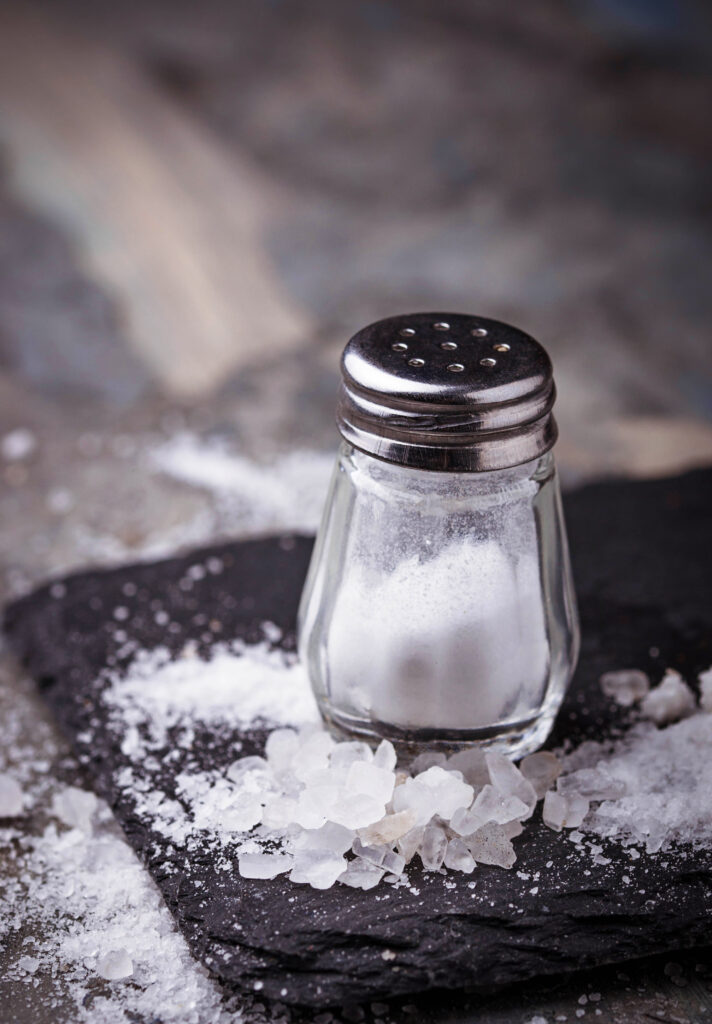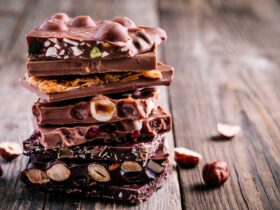What is the Best Salt to Use When Cooking?

Did you know if you use an equal measurement of Morton’s kosher salt instead of Diamond Crystal kosher salt in a dish, it would come out to be double times as salty?
This is because salts can vary in their salinity depending on their shape from how it is produced. The taste can also differ depending on what additives are included.
It’s imperative you pay attention to what kind of salt is called for in a recipe, especially when baking.
Let’s break it down into a guide on when to use the most commonly sold salts when cooking or baking.
Kosher Salt
Kosher salt is defined by its large, coarse grains.
Diamond Crystal is a common brand, which many chefs and home cooks love. Its shaped into light flakes that remain somewhat separate, making the food not too salty.
By contrast, the other popular brand, Morton’s, has dense, heavy cubes that pack together tightly into a measuring spoon.
Morton’s is twice as salty as Diamond Crystal when measured by volume. For example, one teaspoon of Morton’s salt is equivalent to 2 teaspoons of Diamond Crystal salt. You must be careful when following a recipe (see this chart for more salt comparisons).
Contrary to what one might think, kosher salt is not named because it’s blessed by a rabbi but because its large crystals were traditionally used for koshering meat (removing blood) required by Jewish law.
It isn’t ionized but may contain anti-caking agents. These give it a less clean flavor.
In summary: kosher salt is best for cooking but be careful which brand you buy! Use a conversion chart, or salt to taste, when following a recipe if it calls for a salt that differs from what you are using.

Table Salt
Table salt has tiny, fine crystals which dissolve quickly when sprinkled on food or during cooking.
It can have a harsh saltier taste that’s slightly metallic.
It also contains additives such as, sodium bicarbonate to stabilize the added iodine, as well as calcium silicate and sodium ferrocyanide to prevent clumping.
This salt is the most affordable so it can be helpful to have some around for cleaning cast iron skillets or for other uses, such as craft activities.
In summary: If you’re on a budget and would like the addition of iodine, this is the best choice to use for cooking. However, salt your food conservatively at first, since the salinity is high.

Common Sea Salt
Common sea salt is industrially produced from sea water.
Because it doesn’t contain iodine like table salt, it has a cleaner flavor.
The size of the granules vary but they are designed to dissolve quickly. This makes it preferred for bakers.
It can also be used for cooking like adding to pasta water, soups or stews.
In summary: sea salt is ideally great for baking but you can use it instead of kosher salt for cooking too. Get to know your particular brand to know how to use it best.
If you’d like to take a deeper dive into how salts are made and how to best use them, I suggest reading Melissa Clark’s article: What’s With All The Different Salts? Here’s How to Use Them,
If you have been gifted or collecting some fancier finishing salts, check out this guide on how to make them shine best!



